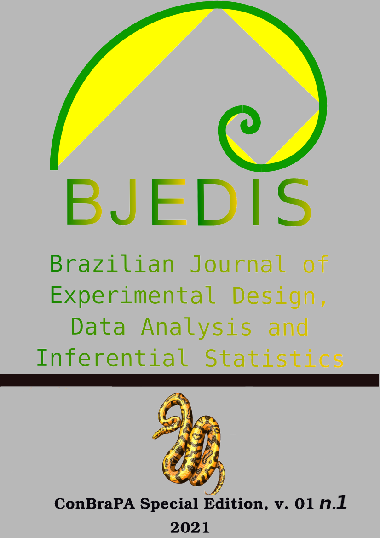Up-and-coming oil-sorbing green fibers: A text mining study
DOI:
https://doi.org/10.55747/bjedis.v1i1.48411Keywords:
Lignocellulosic fibers, Oil spill, Sorbent fibers, Data mining, Experimental design, Data analysis, Green fibers, Oil spill clean upAbstract
Oil is a crucial raw material, preferably transported by sea. Thus, spills frequently take place in the ocean. Several alternatives have already been investigated to combat these disasters. This paper discusses the possibility of using lignocellulosic fibers for environmental recovery via the sorption of oil spilled in accidents. The data search was performed using Google Scholar. The obtained results allowed the choice of four fibers: coconut, sisal, peat, and kapok. The retrieved reference numbers were 8.360, 6.360, 6.360, and 2.380 for coconut, sisal, peat, and kapok fibers. There was no period restriction. Ten papers with significant results were chosen, and their main results are presented here. All fibers are renewable, besides presenting low cost and excellent sorption capability compared to polypropylene (commercial material) equal to 6 to 10 g/g of oil per gram of the sorber.
Downloads
Downloads
Published
Issue
Section
License
AUTHORS’ DECLARATION AND COPYRIGHT TRANSFER AGREEMENT
The undersigned authors hereby declare that the submitted manuscript is an original work and has not been previously published or submitted, in whole or in part, to any other journal. The authors further commit not to submit this work to any other journal while it is under consideration by BJEDIS.
We affirm that the manuscript is free from plagiarism, and we accept full responsibility for any allegations of academic misconduct that may arise.
By submitting this manuscript, the authors irrevocably transfer all copyrights of the work—including, without limitation, the rights of reproduction, distribution, translation, and public communication in any form or medium—to BJEDIS. Any breach of this agreement may result in legal action in accordance with the Brazilian Copyright Law (Law No. 9.610 of February 19, 1998).
The authors also declare that there are no conflicts of interest related to this work. All sources of financial support have been properly acknowledged in the funding section of the manuscript.



